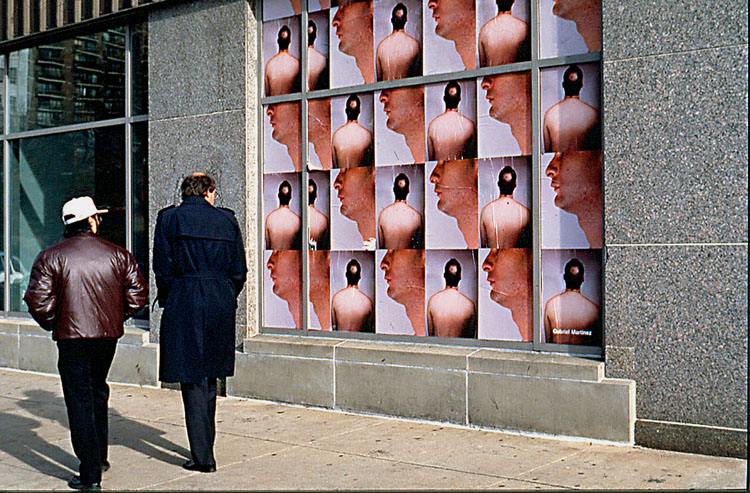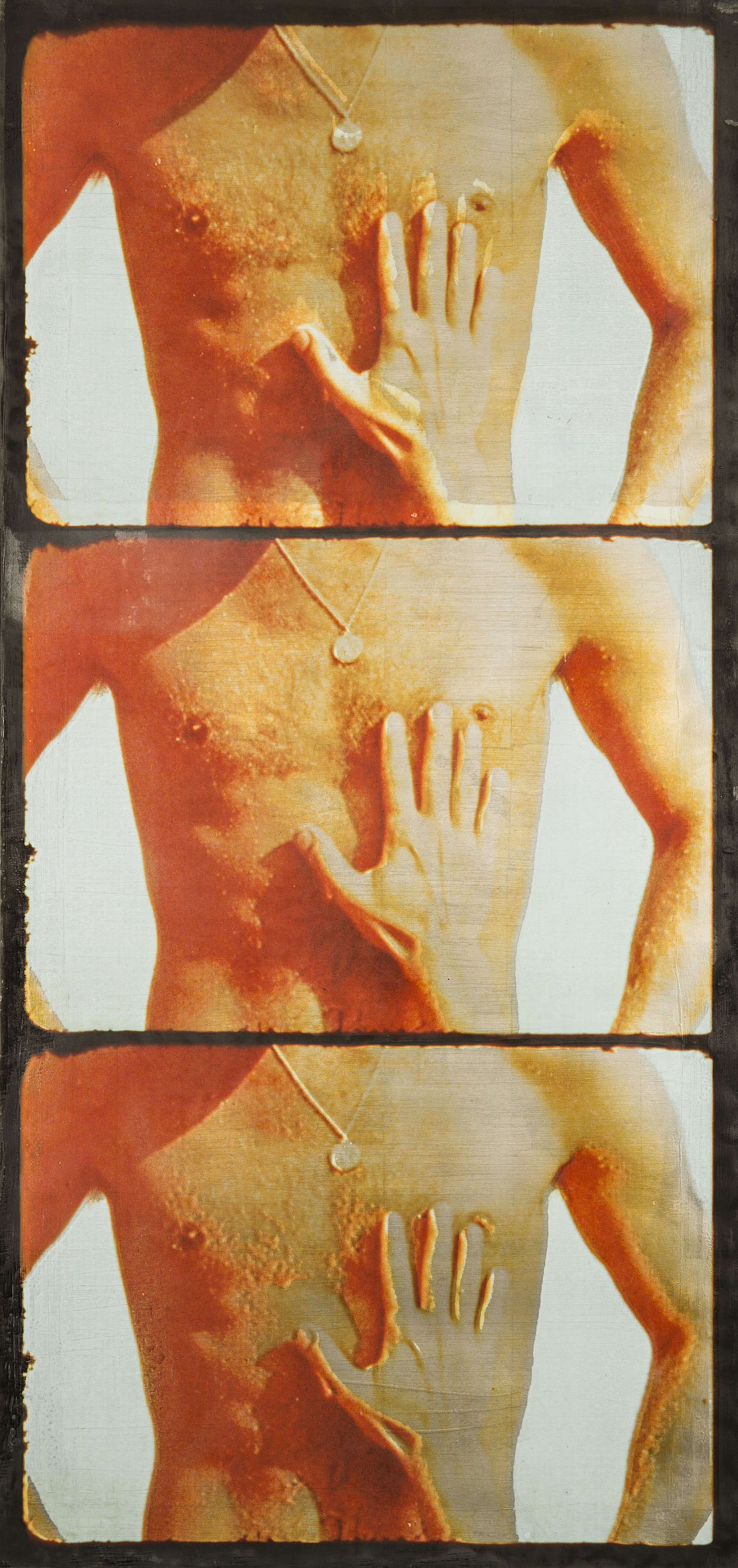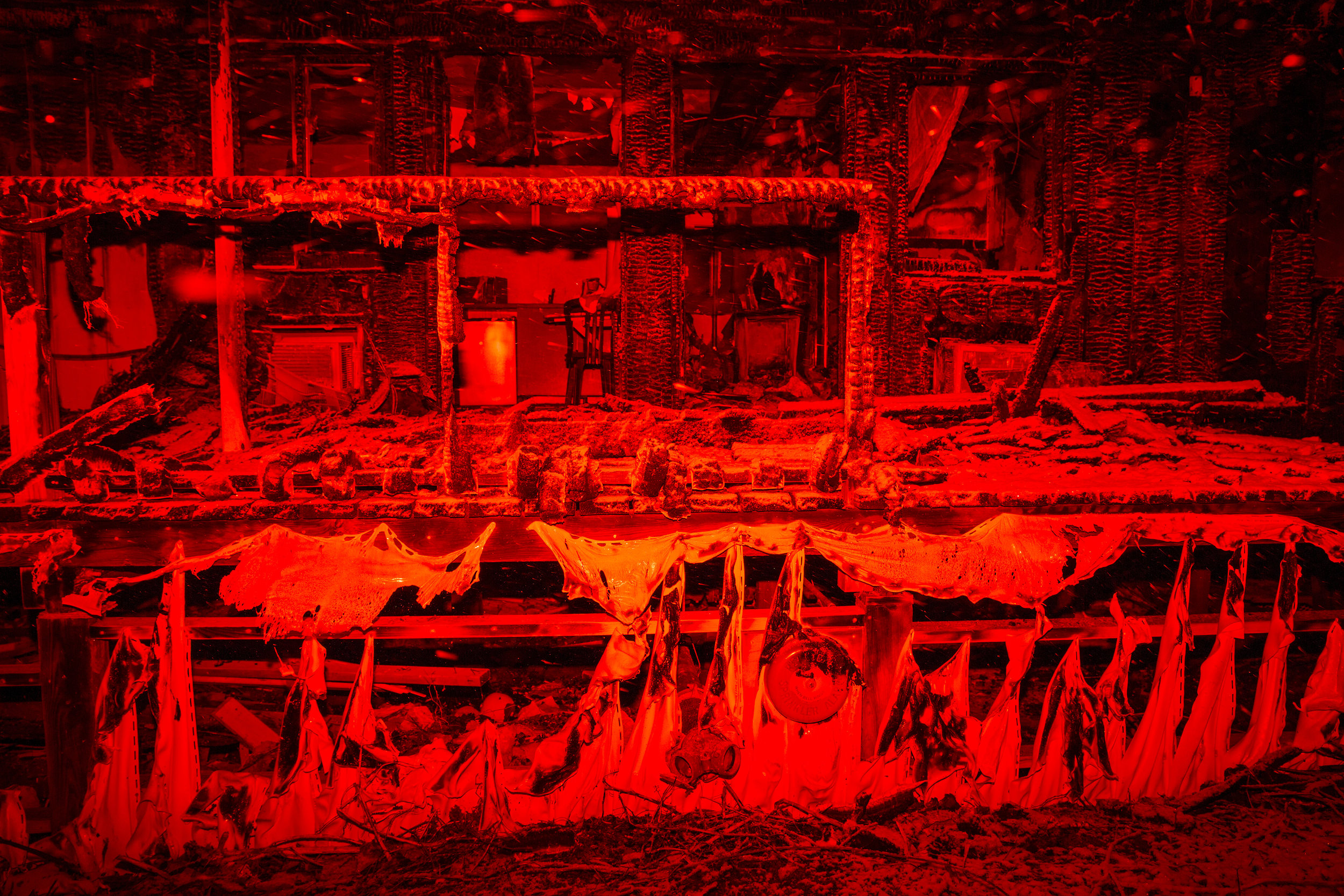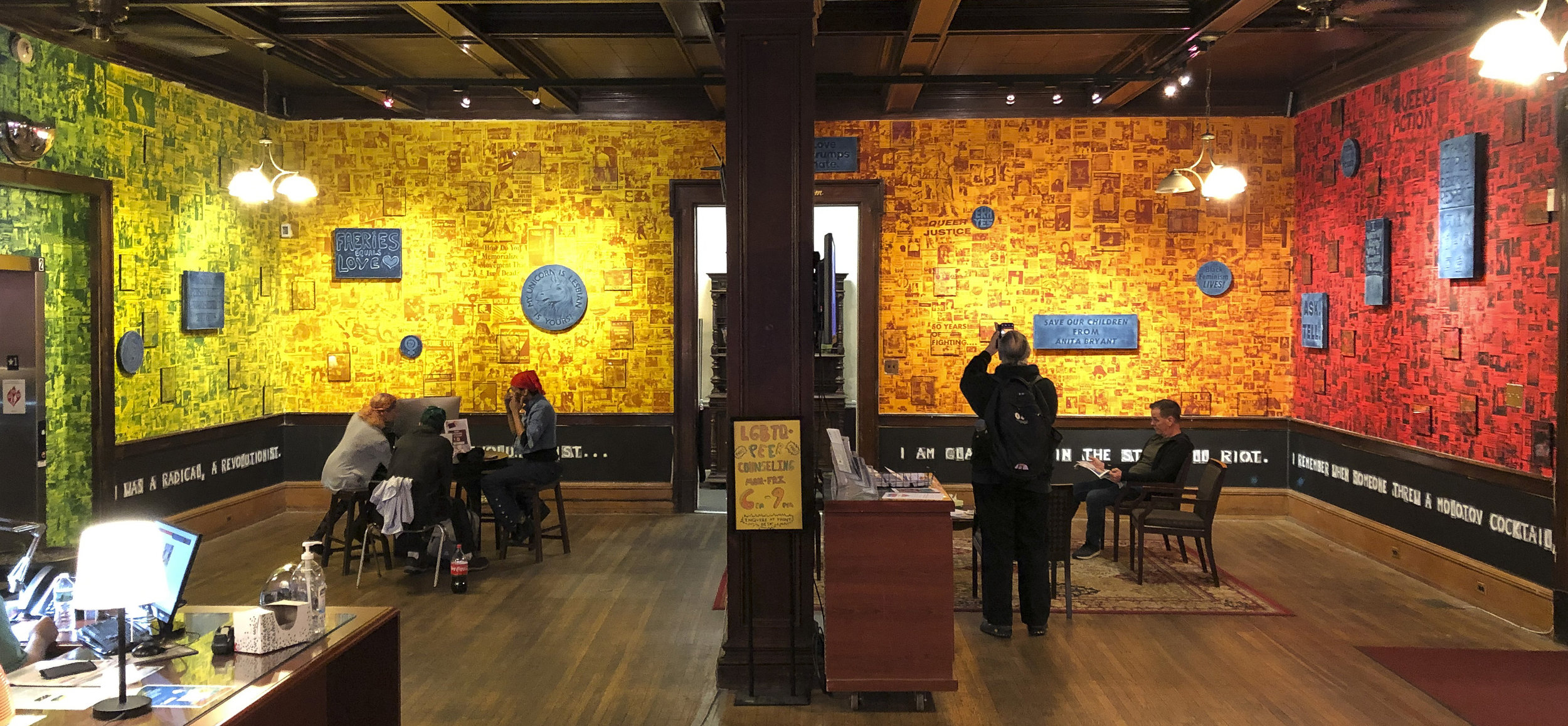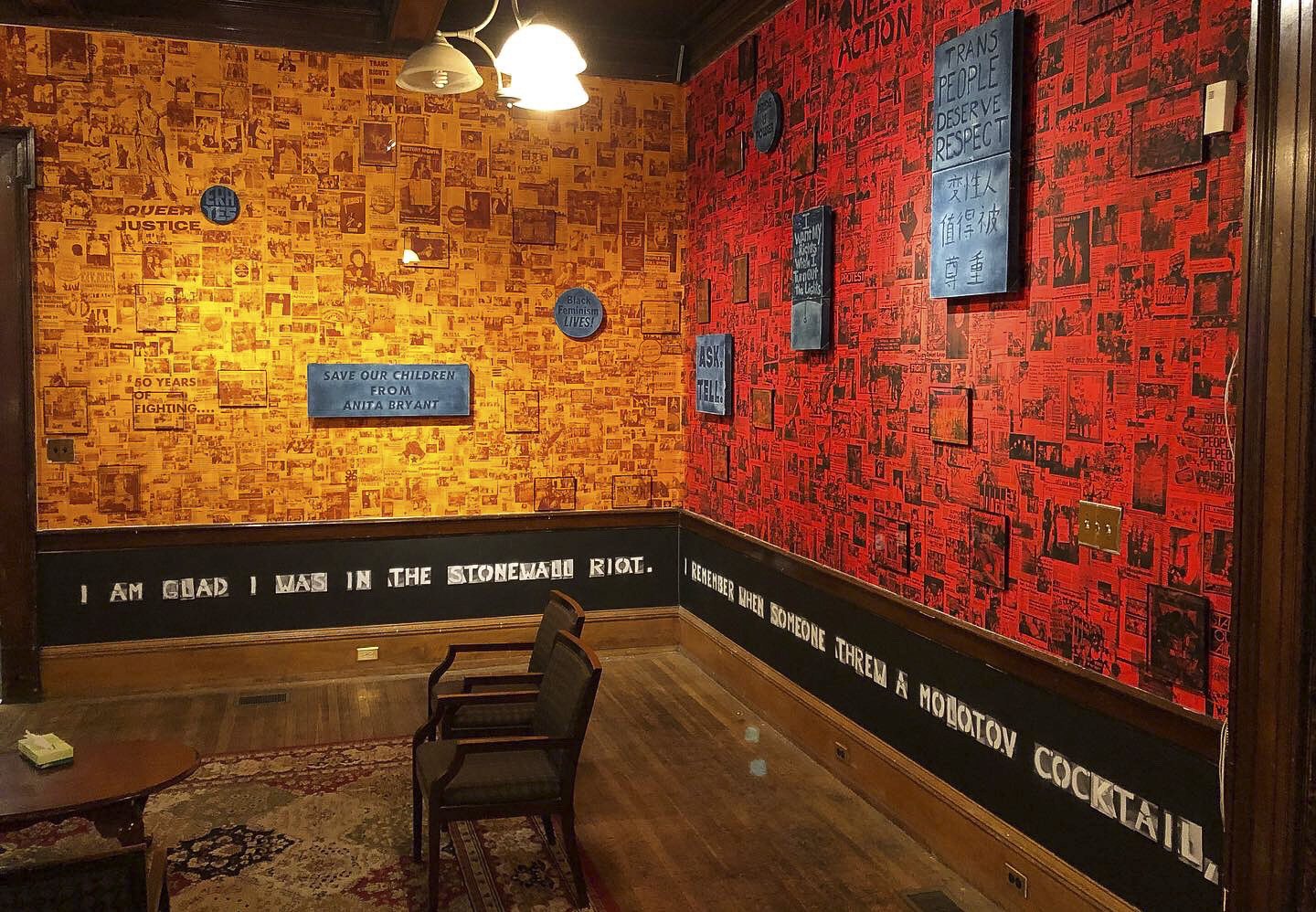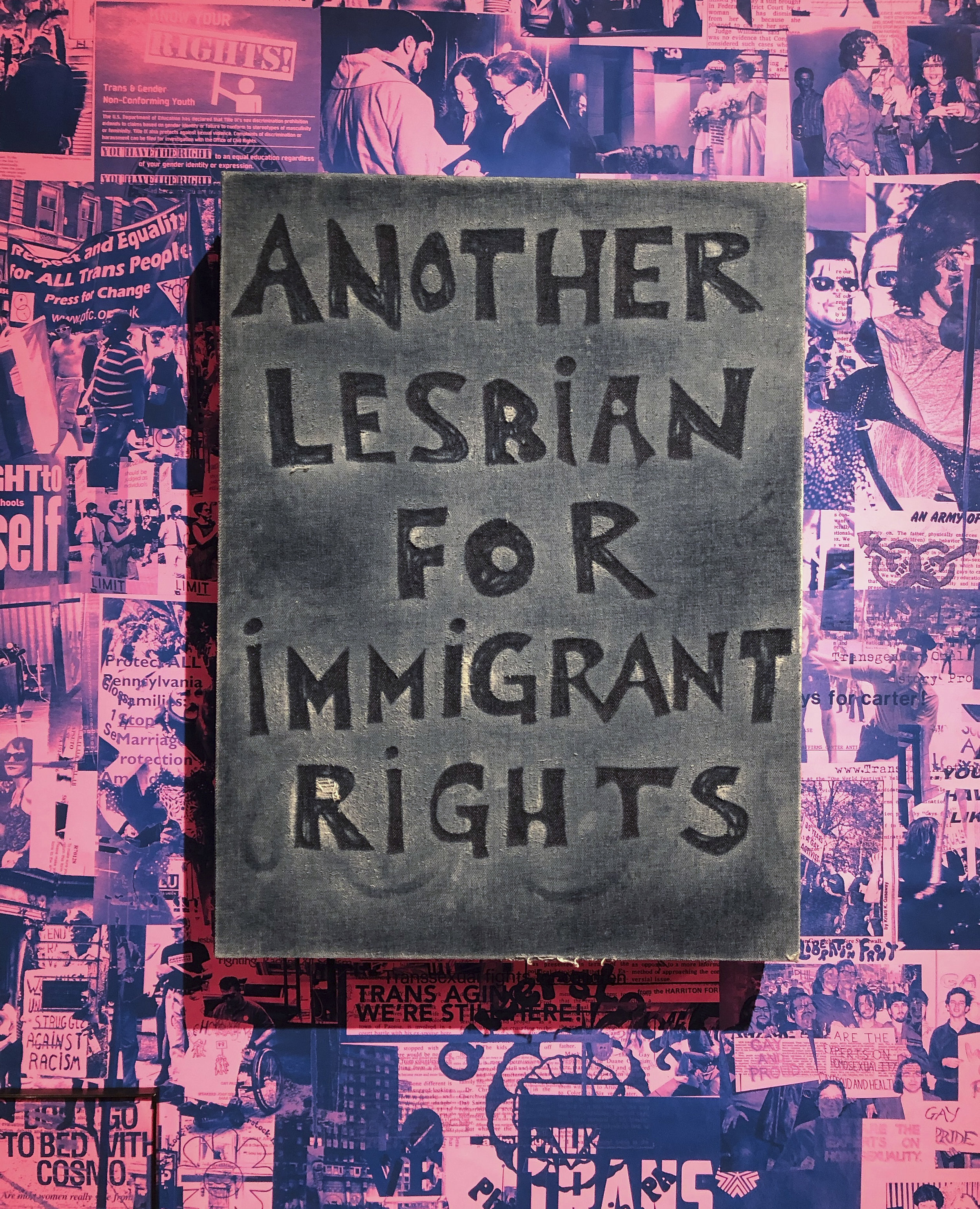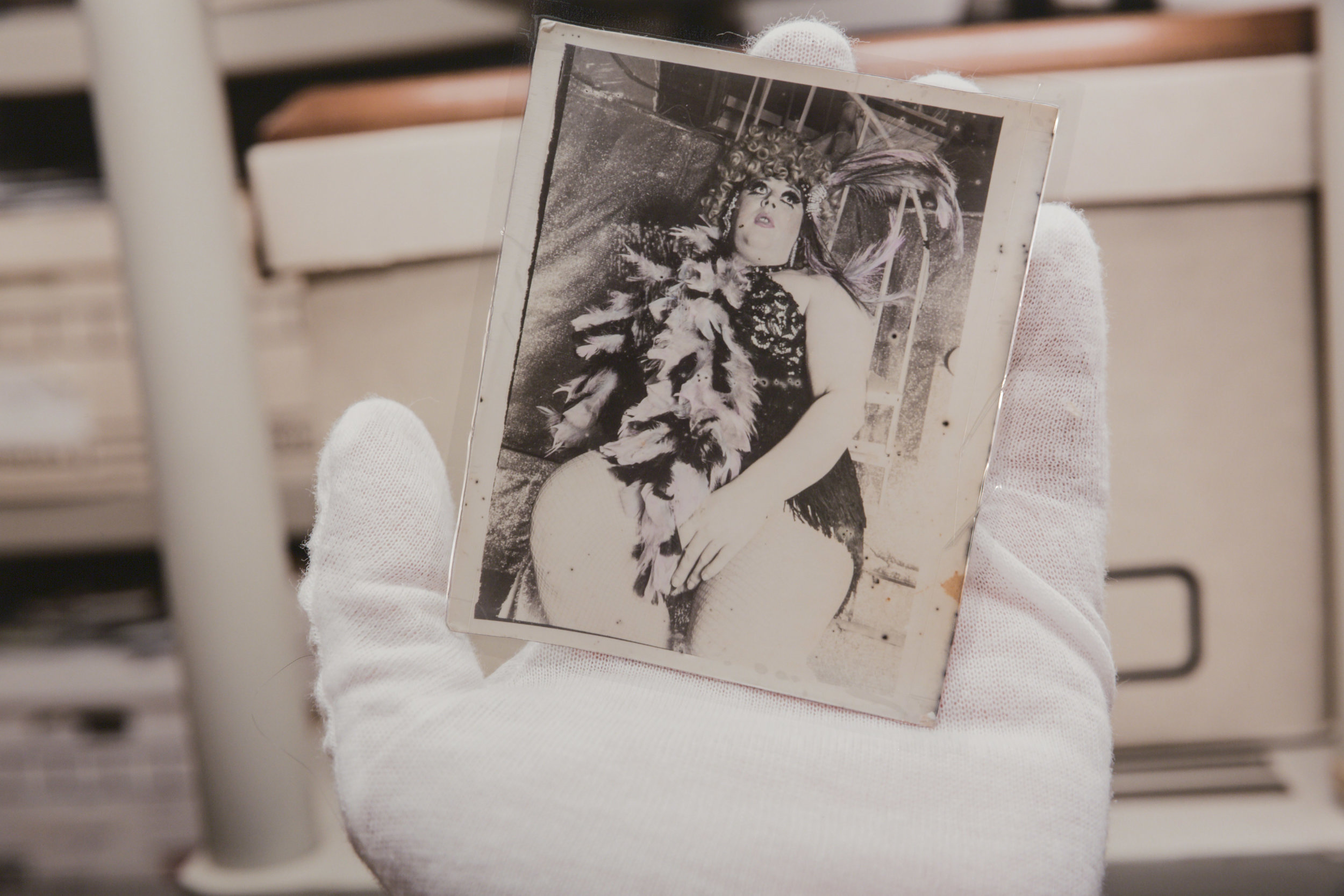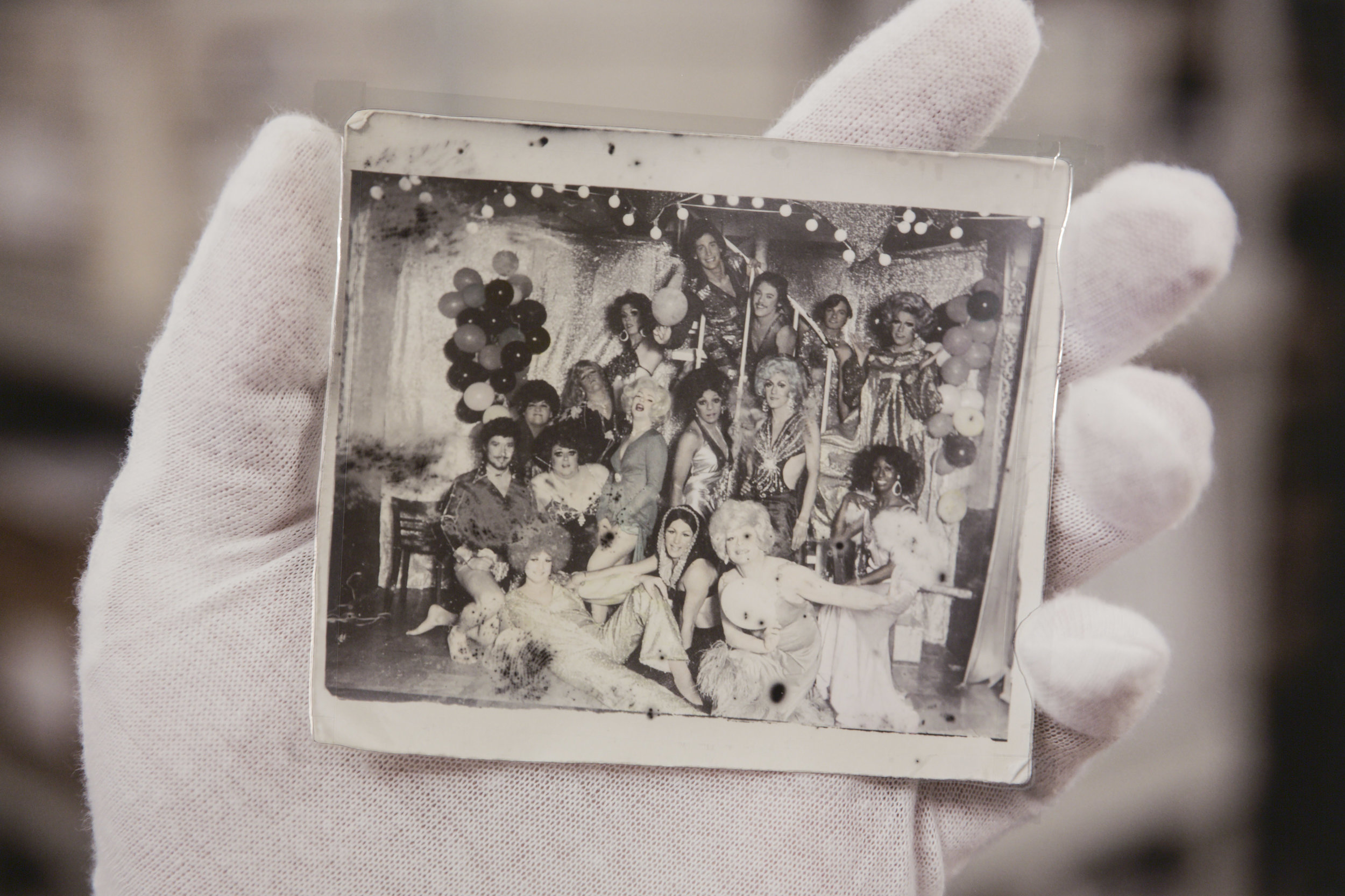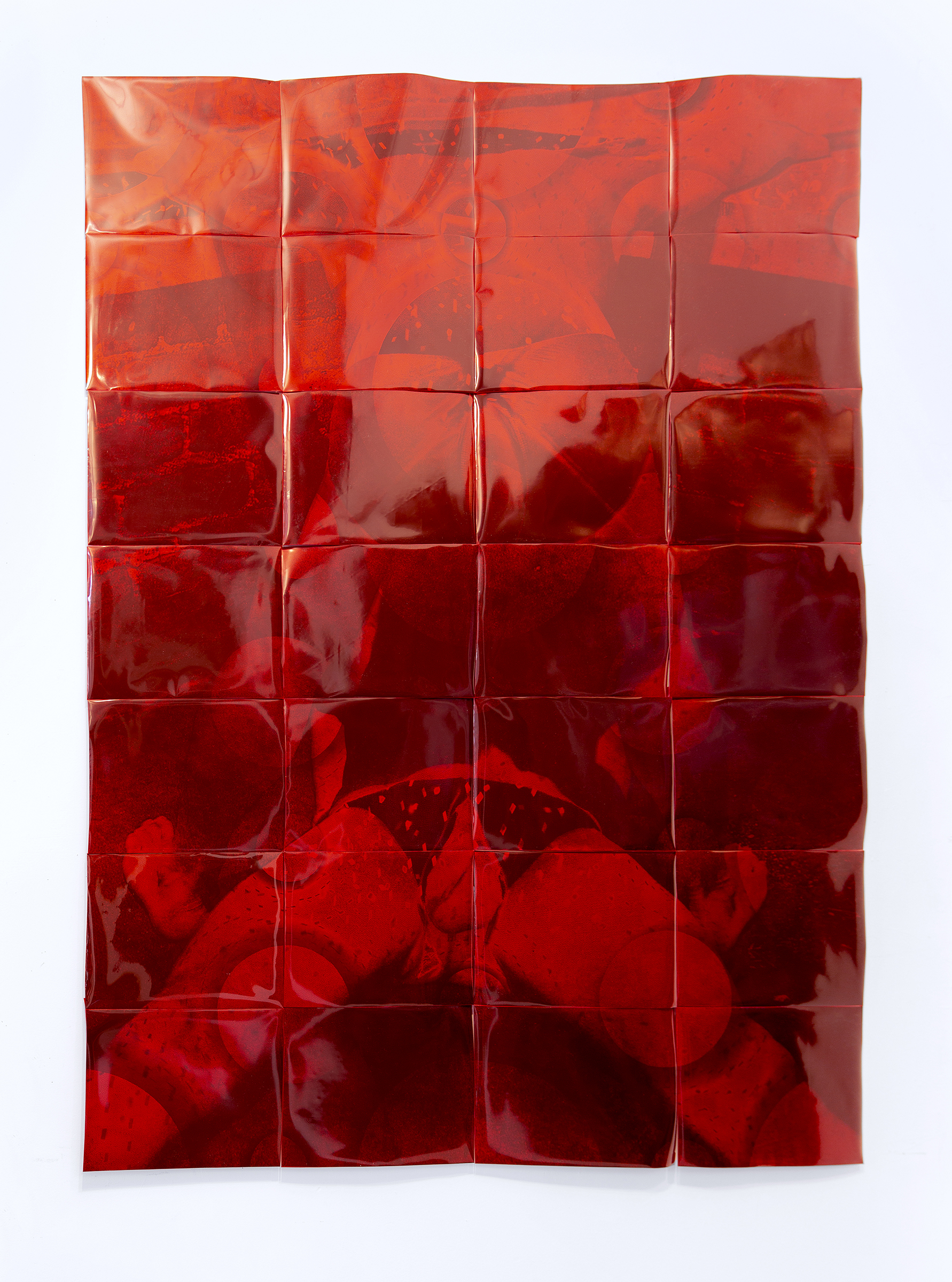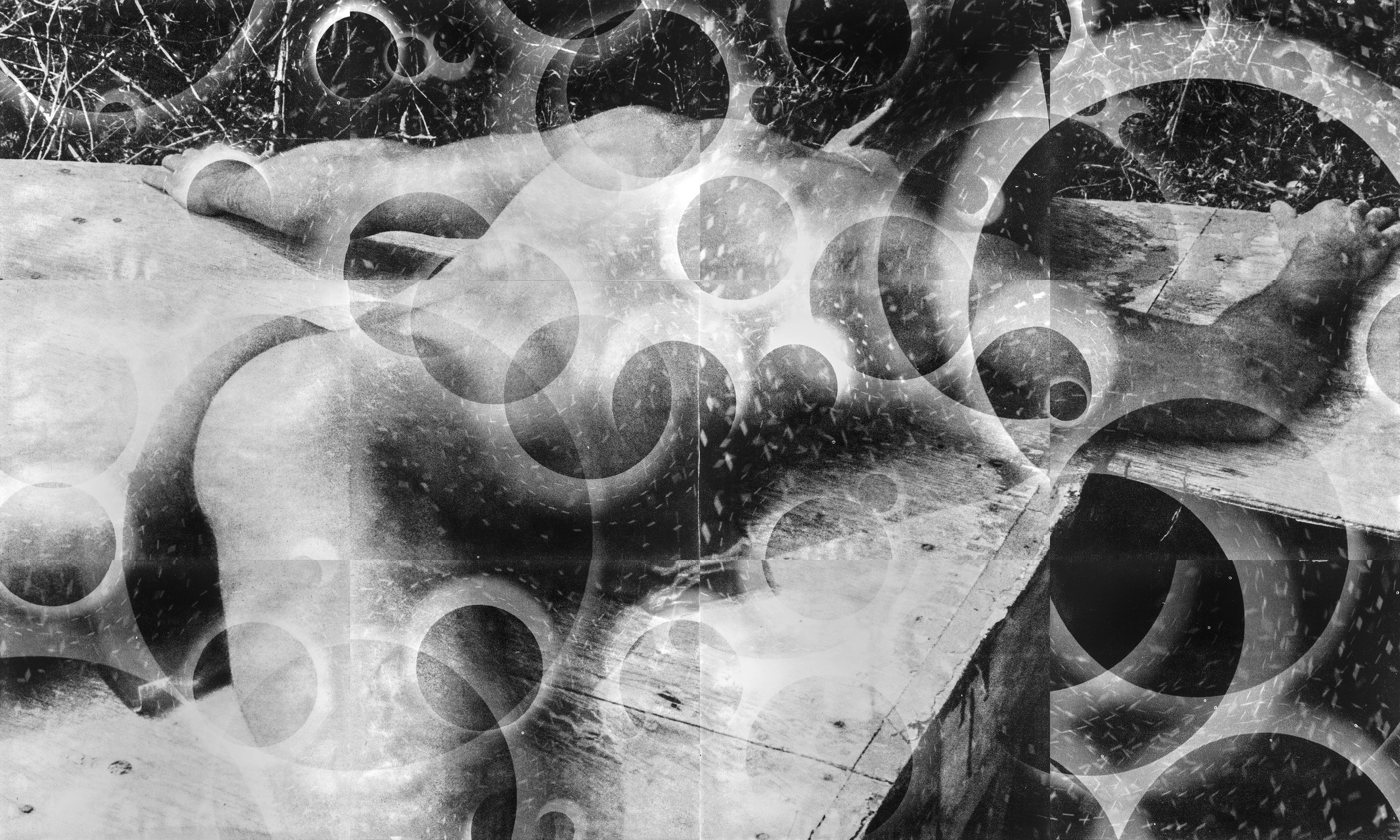Q&A: Gabriel Martinez
June 6, 2019 | By Rafael Soldi
Gabriel Martinez is a photo-based multidisciplinary artist and educator born and raised in Miami, Florida. Martinez’s practice is based in Philadelphia and his work is represented by Samson Projects in Boston. He was a Pew Fellowship in the Arts recipient in 2001, received a Joan Mitchell Foundation Fellowship in 2003 and was just awarded a 2019 Independent Creative Production Grant from the Sachs Program for Arts Innovation. He has participated in several national artist residency programs including: the Rosenbach Museum, the Fabric Workshop, the Fountainhead Residency, Arcadia Summer Arts Program, MacDowell Colony, Yaddo, the Studios at MASS MoCA and the Joan Mitchell Center. Martinez attended the Skowhegan School of Sculpture and Painting in 2003, and received his MFA from Tyler School of Art in 1991 and his BFA from the University of Florida in 1998. He has been teaching in the Photo Program for the Department of Fine Arts, PennDesign for the last 20 years. He serves on the Advisory Board for the Center for the Emerging Visual Artist, Philadelphia Photo Arts Center and Galaei (a Queer LatinX social justice organization).
Gabriel Martinez has created performances and installations for various venues including: in Philadelphia at the Institute of Contemporary Art, The Fabric Workshop & Museum, the Philadelphia Museum of Art, the Philadelphia Art Alliance, the Bike Stop, Fjord and Nexus Foundation for Today’s Art; in New York at White Columns, Leslie Lohman Gay Art Museum’s Prince Street Project Space, Franklin Furnace, Exit Art and Thread Waxing Space; and in Miami at Miami Art Central and Bernice Steinbaum Gallery. His work is included in the Phaidon Press publication "Art & Queer Culture" (Themes and Movements Series) and is featured in En Foco’s current Nueva Luz issue, Vol 22.2: The Queer Issue. His work is included in the permanent collection of the Philadelphia Museum of Art, the Fabric Workshop & Museum and the Leslie-Lohman Museum of Gay Art.
Rafael Soldi: Hi Gabe, thanks for chatting with us!
Gabriel Martinez: A total pleasure.
RS: Before we get into your current exhibition and projects, let’s look back at some of the elements of your practice that have gotten you here today. Let’s start with some background on who you are, where you’re from, and how this may influence your artistic leanings.
GM: I was born and raised in "Little Havana”, Miami. I am deeply active as participant of two minority cultures in the U.S., one being LatinX and the other Queer. Much of my work deals with the reconciliatory aspects of being in-between these two communities. My artistic endeavors often explore issues facing Queer people intermingled with Cuban undertones of influence, reflection and symbolism.
Caridad, photo-etched UV archival digital printing on wooden panels, 40” x 60”, 2017
My work has been greatly motivated by the themes of loss, celebration, memorial and cultural identity. The subject of AIDS has been embedded in my multidisciplinary work from the outset of my career. I have created projects that pay homage to those who have perished since the outset of the pandemic. I have also created various works dedicated to the memory of those who have lost their lives seeking freedom from oppression.
I have worked on projects that touch upon various aspects of Queer culture: AIDS, the films of Wakefield Poole, the aesthetics of disco, Donna Summer, the Stonewall Uprising and the enigmatic Fire Island. Lately, I've been specifically focused upon LGBTQ+ history, with a particular interest in the milieu of the 1970s. My current work specifically addresses the period between the 1969 Stonewall Riots and the beginning of the AIDS pandemic—a period of intense struggle, but also a moment of outrageous courage and creativity, sexual liberation and pride. I look back upon this era with a great sense of admiration, empathy and wonder; it was the time of my own childhood growing up in Miami, coming to terms with my sexual orientation.
RS: You’ve described yourself as an ‘intergenerational mediator,’ tell us more about this.
GM: My artistic endeavors often explore issues facing LGBTQ+ communities, both young and older. Lately, I find myself positioned in the middle, both as a mid-career artist and as a Queer LatinX individual centered between two generations. I liken my current role as an artist to that as conduit between these two groups, as inter-generational mediator. I sympathize greatly with the older generation, individuals who fought so vehemently, faced such animosity and experienced such profound loss. I’m utilizing my platform as a visual artist as a means to transfer, transform and share information from the past to our Queer youth.
RS: An early project that received some attention was Self Portraits by Heterosexual Men. You’ve revisited this project a few times—tell us more about it. As a Queer man, what interests you about placing heterosexual men under the scrutiny of your lens? (this is not the only time you specify heterosexual performers in your work)
GM: The first iteration of Self Portraits by Heterosexual Men was created around 1997/98. I solicited 100 men who self-identify as heterosexual to participate in the project. They were asked to masturbate for my camera and to activate the shutter release button, via an extended cable release, during the moment of climax. These were originally exhibited as 100 tiny ambrotypes presented in authentic Victorian-era brass mats and preservers, and framed in mahogany wood. I was interested in exploring the “Queer Eye for the Straight Guy” culture prevalent at the time. The project was both challenging and satisfying and so, ten years later, I decided to revisit the project and shed the endeavor of its Victorian context. This time, the images were captured as digital files and presented as an installation of framed horizontal color photographs. I appreciate the intensity of the allusion of having these 100 participants cumming together at the same moment and location. For me, the highest level of displaying the individual performances embedded in “Self-Portraits by Heterosexual Men/2007” is within a rigidly grouped grid, butted-up against each other, tense. The strength of that “group portrait,” surrounding the viewer, is far more potent than any single individual performance. The project was composed of one hundred 20” x 30” framed c-prints.
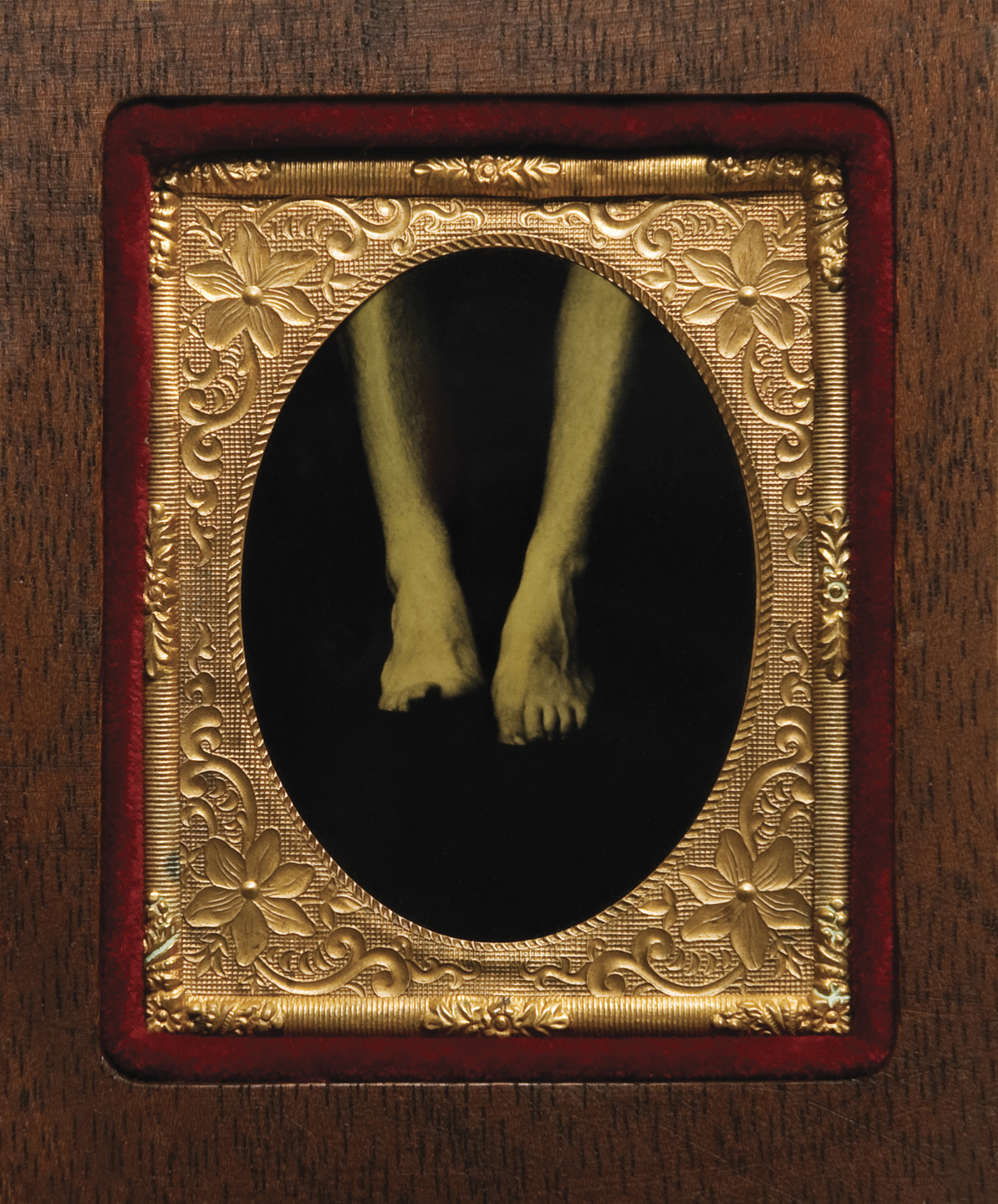
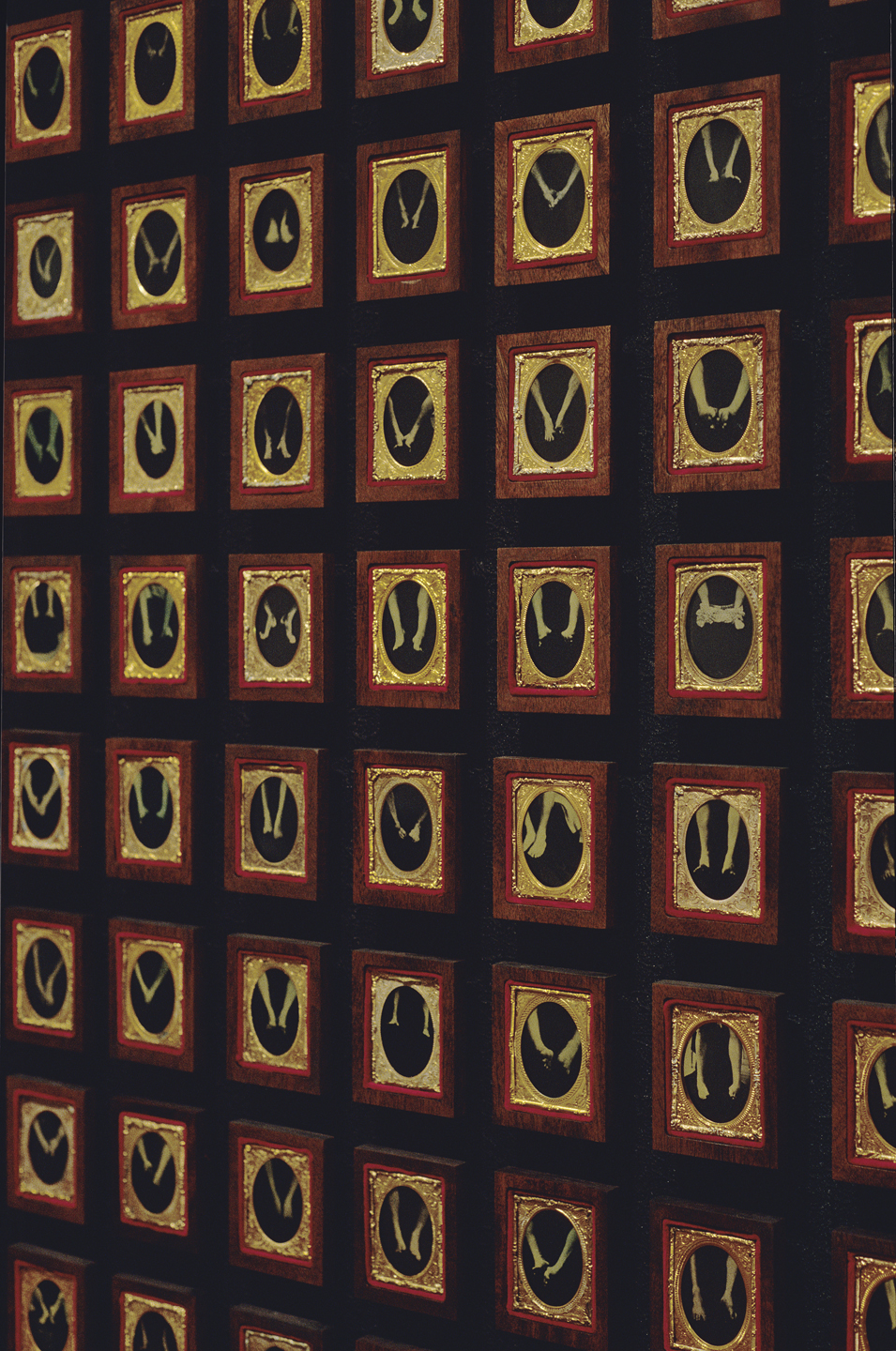
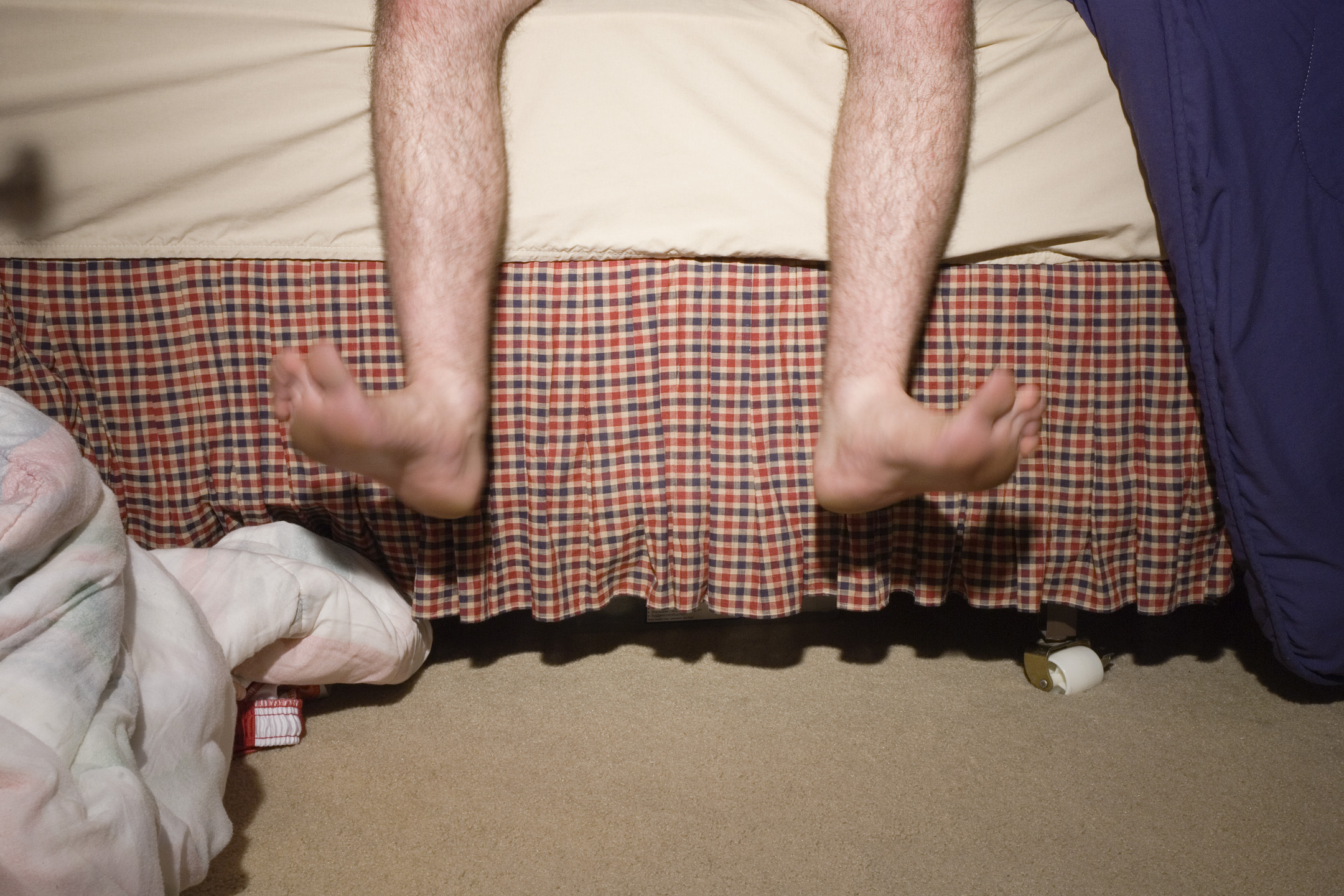
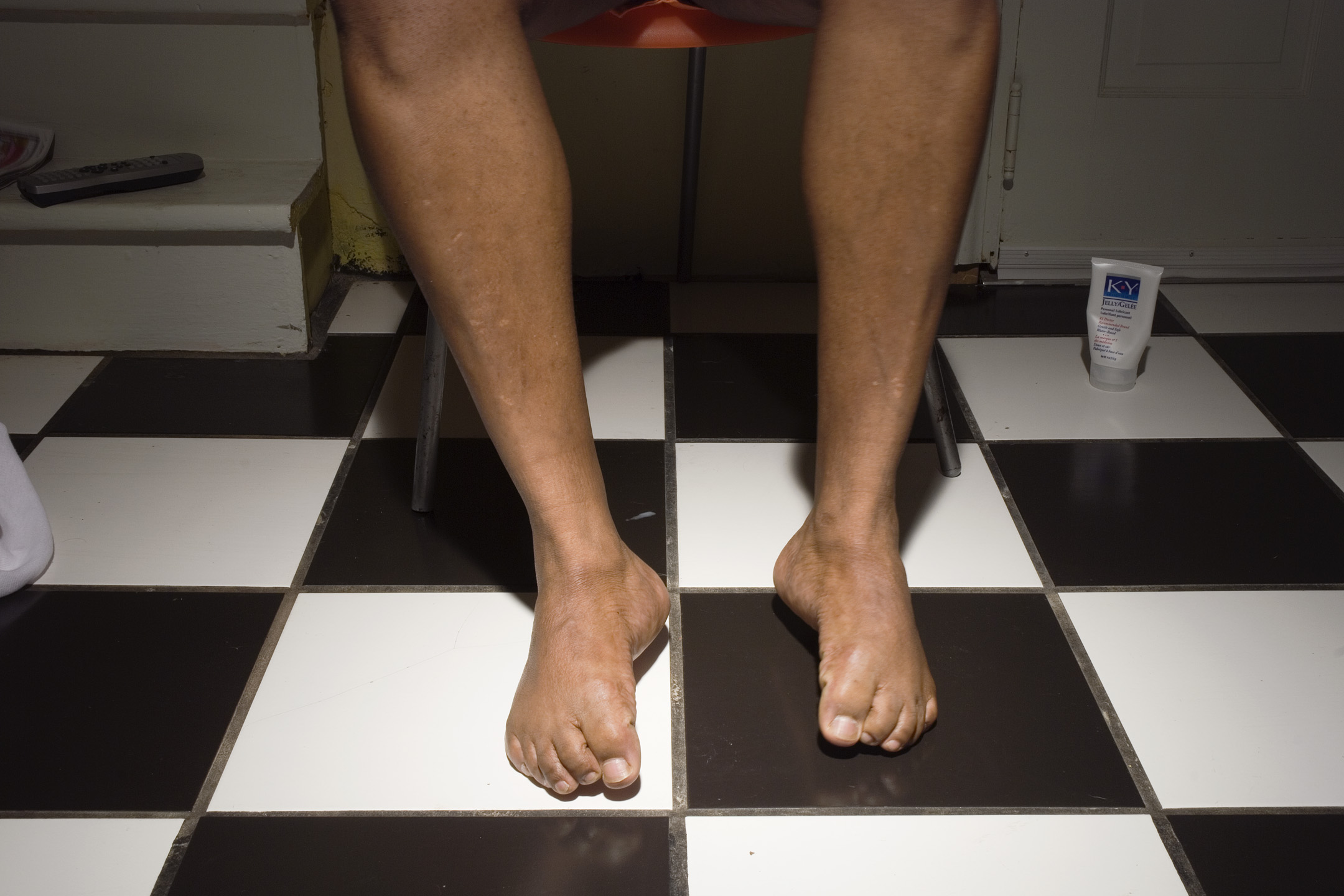


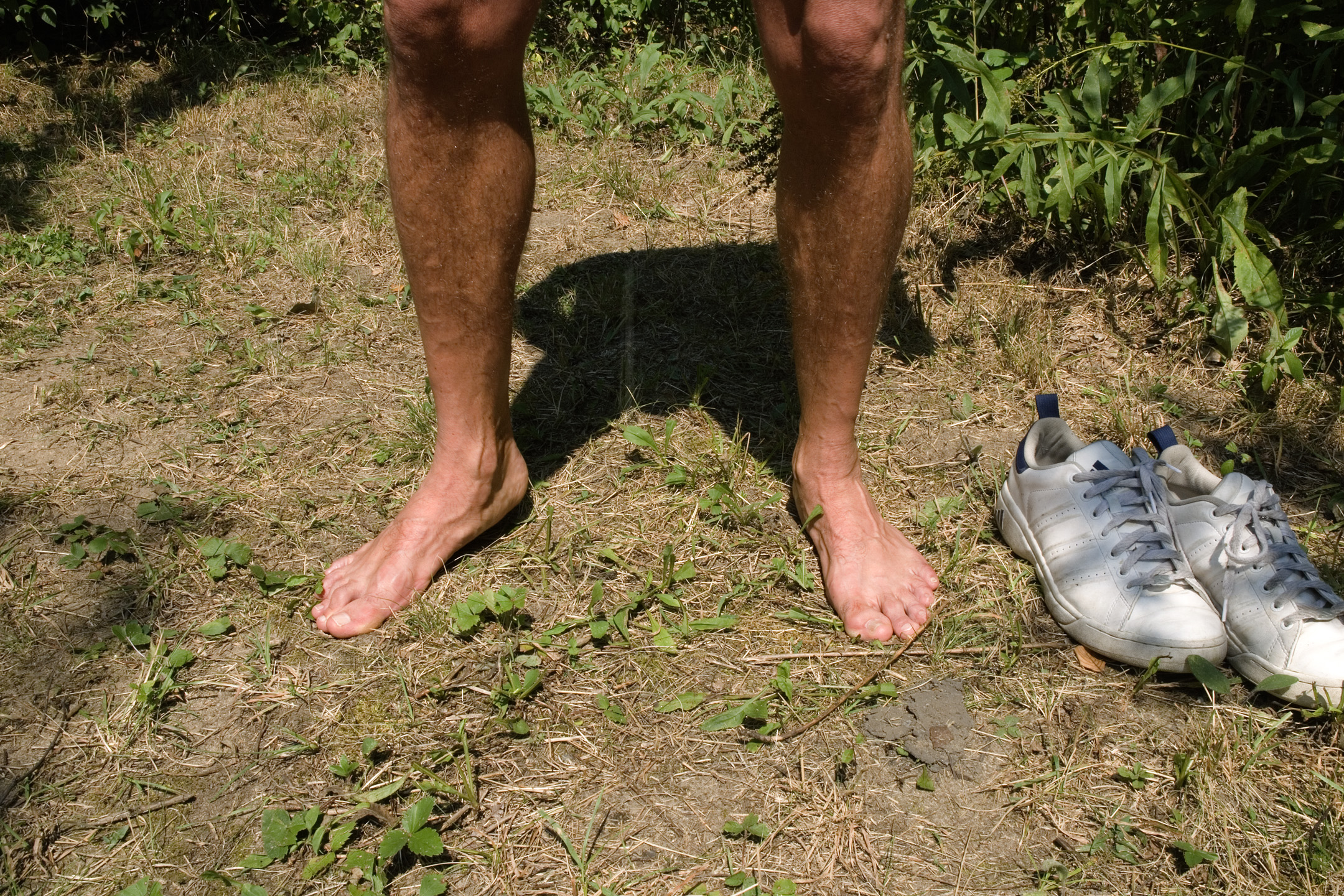

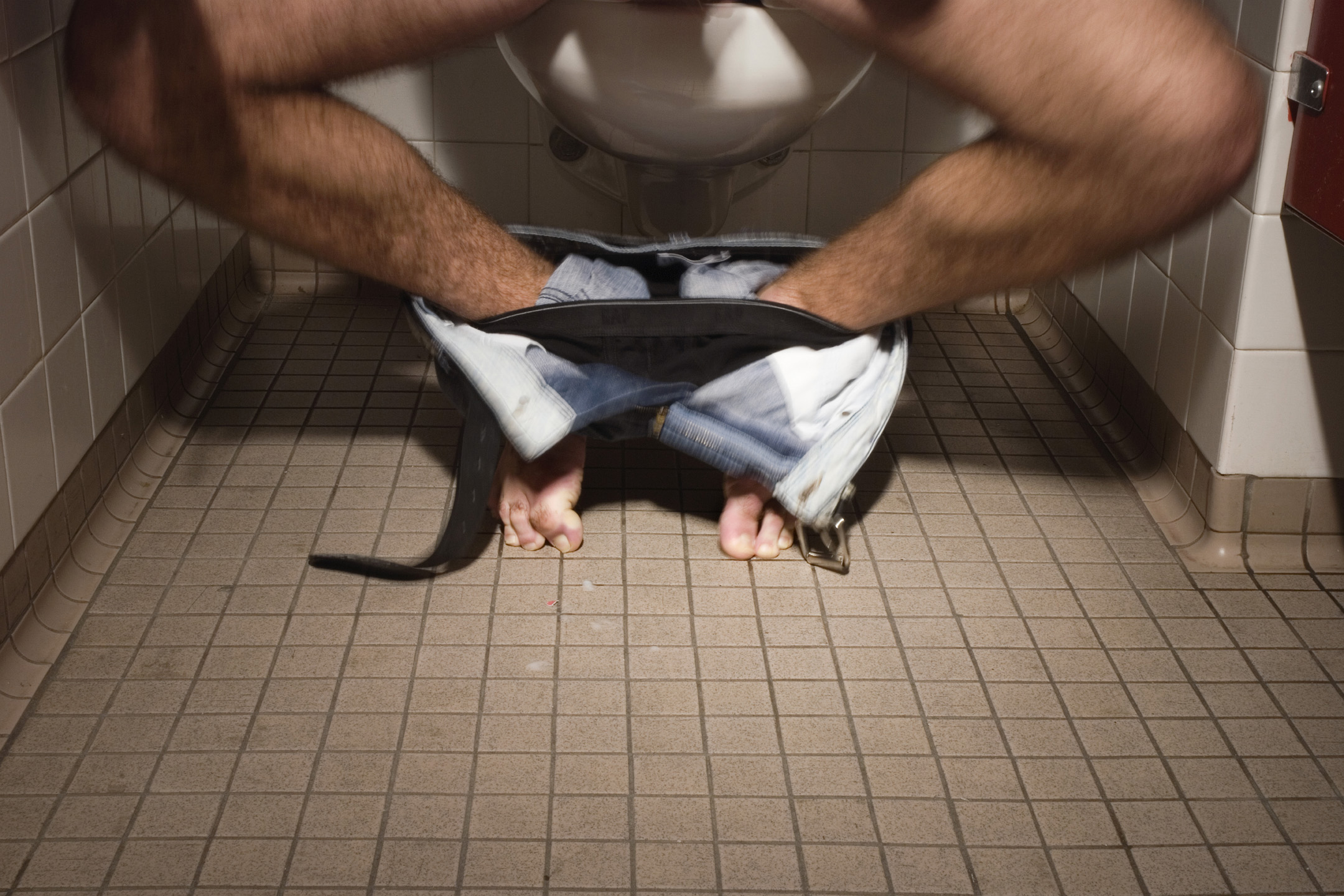

[Above: Self Portraits by Heterosexual Men. Hover on image for details]
RS: How men choose to portray or expose their bodies has been an ongoing preoccupation in your work. Earlier on exposing your own body, working with mirrors and creating performances, and later on touching on the advent of social media.
GM: The subject that has usually been central to my practice in the past has been that of masculinity and its various intricacies, contradictions and complexities. Early on in my practice, I turned the photographic scrutiny upon myself and presented my vulnerable body publicly within performances, lightboxes and public poster campaigns. I guess I was responding to a stereotypical and tyrannical ideal impossible to size up against. My focus shifted to an exploration of male heterosexual cultures, also through photography and performance. My work from that period had in many ways embodied the homosexual male gaze upon the heterosexual male body. The work typically evoked tension, seduction and apprehension.
RS: Process is important to you. You’ve worked with a diverse range of mediums, often layering strategies and revisiting themes and approaches from earlier projects. What guides those choices?
GM: I would best describe myself as a multidisciplinary/interdisciplinary artist, oscillating between various mediums. Although my conceptual concerns or interests flow from one project to the next, the methods and materials constantly vary. I started out exclusively working in photography and gradually ventured into a more experimental and open mode where form follows function, the concepts dictate the strategies/materials employed. I tend to be very attracted to the potential & power of performance-oriented, site-specific installation. I adore the post-research brainstorming phase of a project, the moment when I ponder the possibilities of form and materials to be explored. Typically, each new project involves figuring out methods I’ve never worked with before, embracing failure and discovery, and this keeps things challenging and fresh for me in the studio.
Live Hard, 72" x 108", laser-etched fabric on wood, 2015. Bayside Revisited at The Print Center, 2015
RS: Your recent exhibition at The Print Center, Bayside Revisited, is a great example of your layered approach to process but it also highlights an additive conceptual framework that is characteristic of your work. This exhibition presented many parallel tracks of storytelling, some focusing on archives, others on Queer codes, others on history and sense of place, and so on. Can you tell us, in a nutshell, what we would have encountered had we walked through this show?
GM: Presented as part of the Philadelphia Print Center’s Centennial programming, my solo exhibition Bayside Revisited investigated the archives of the William Way LGBT Community Center in Philadelphia, utilized photographs I captured in 2014 and 2015 at Fire Island in New York and drew on experiments with hybrid prints (photography, silkscreen, hand-tinting, silver leaf, etc.). Central to the installation of works was a projection of an original reel of Wakefield Poole’s iconic art-film “Boys in the Sand”. This immersive installation specifically dealt with research centered upon the history and ambiance of legendary Fire Island, an LGBTQ+ haven established as a safe space for us since the late 1930s- a living memorial, a sacred space, a location rife with personal transformative encounters and shared collective experiences. Artworks on view in the exhibition also included solarized photograms of mirror balls, digital montages, slide projections and works on paper that historicize and respond to Queer culture in New York and Philadelphia from the 1970s.
Live and More, dye sublimation on fabric, 93" x 123"-145.5", 2015. Bayside Revisited at The Print Center, 2015
Installation view of BITS. Bayside Revisited at The Print Center, 2015
RS: This brings us right to your current exhibition, Tonight is Forever, at Philadelphia’s William Way LGBT Community Center, on view May 10–June 28, 2019. It’s an immersive installation celebrating and honoring global, national and regional struggles for LGBTQ+ liberation. There is so much to unpack here! I’d love to hear from you on three major elements of the exhibition: The collaged, colored walls; the rubbed denim plaques; and the quote running through the bottom of each wall.
GM: Tonight is Forever investigates, celebrates and honors the ongoing global, national and regional struggles for LGBTQ+ liberation. This project is presented in relation to the 50th anniversary of the Stonewall Uprising. I draw from over 5,000 images sourced from months of research at the John J. Wilcox Archives, along with images contributed by local Philadelphia communities, to create a visual confluence of perspectives and historical moments (mid 1960s to present) that reflects vital aspects of LGBTQ+ courage & pride. The past and present collide, creating a milieu of information where Annual Reminder pickets, ACT UP protests & Lori Lightfoot intermingle. The duotone montage of images is presented as a spectrum that references past decades of the movement (60s, 70s, 80s) and also alludes to present iterations of the rainbow flag, representing Queer people of color, gender nonconforming/non-binary & transgender individuals.
The powerful quote by Sylvia Rivera, a trans woman of color, Queer icon and veteran of the Stonewall Uprising, surrounds the William Way lobby with an air of exuberance and urgency. The spray-painted letters depicted were directly modeled from Philly ACT UP stencils used for posters at demonstrations, rallies and protests. For me, this text-based aspect of the installation acts as a double homage, both to Rivera and Felix Gonzalez Torres, who created wall installations with words and dates referencing historical and personal events.
Over the last few years, I’ve been developing a process of sanding denim over the surface of hand traced & carved linoleum panels. Politically charged buttons, posters and ephemera from the John J. Wilcox Archives are transformed into worn out denim blue jeans plaques, hinting at both exertion and sexuality. The show closes on June 28th.
RS: Adjacent to this brilliantly intervened room, which feels as if charged with electric spirit, is a diametric space, quiet as in a minute of silence. Here you present your collaboration with the John J. Wilcox Archives.
GM: This project explores the intersections between the visual arts and Queer archives.
The John J. Wilcox, Jr. Archives, located on the third floor of the William Way LGBT Community Center, houses Philadelphia's most extensive collection of LGBTQ historical materials that document the robust and complicated history of LGBTQ life internationally, nationally and regionally. Throughout the last few years, I’ve been conducting research at the Wilcox Archives and have incorporated documentation of these materials into my mixed-media projects.
Early in my research at the Archives I discovered a few boxes containing a collection of silver gelatin prints by the late Harry Eberlin. He documented the LGBTQ cultural climate in the Philadelphia area and was the Philadelphia Gay News' first staff photographer. His photos capture the liveliness of the Philly LGBTQ communities during the 1970s. I respectfully handled these photos as I documented them within the various spaces of the archives. I then printed these photos and sealed the surface of the original Eberlin image depicted with lightly hand-tinted archival film and tape. I was interested in the allusion to mending and healing. These original Eberlin photographs are an important document of our history and their preservation is imperative.
In this exhibit, Archives: LGBTQ Legacies: Art, Archives, Analysis, my mixed-media prints are reunited with the source images by Eberlin to celebrate his important photographic work but also to critically examine representation in Queer archives. This project, which is organized in collaboration with Michael Carroll and John Anderies, Director of the Wilcox Archives, seeks to shed light on robust yet problematic aspects of depictions of our regional histories. This show continues through August 30th, 2019.
RS: What’s next for you?
GM: I’m currently working on a project entitled Queer Eclipse, which explores the cultural, political and sexual climate of a particular moment in Queer history, the summer of 1981, the time of my own sexual awakening. I was 13 years old during this critical juncture in Queer history. This project will be presented in a solo exhibition Bound to the Past at Marginal Utility Gallery in Philadelphia in September/October 2019.
Obsessed with the culture, aesthetics and significance of the disco era, but conscious of the weight of the disco ball itself, I began a project of “what would happen” experiments with solarized, multi-exposed mirror-ball photograms. New unforeseen references and associations were revealed to me in the darkroom. The darkroom, of course, is also a reference to Queer sexual spaces and I appreciate the confluence/confusion.
These initial experiments were titled Radial Projections. I decided to take the project further, to complicate the process by working on larger grids. This allowed the world I was interested in creating to grow, expand, mutate into what I call Queer Eclipse. Within these multi-paneled works, each print is unique and yet interconnected within the whole, like members of a community. It is challenging, systematic, time consuming and ultimately stimulating to produce these in the darkroom. Each of these fragmented silver gelatin pieces takes about 10-12 hours to realize, from start to finish. I usually work through the night by myself in the darkroom and for further motivation and inspiration blast Donna Summer tunes. The project is evolving in unexpected ways.
Just last year, instinctively, I began incorporating the body, the male gendered Queer body, into these fragmented silver gelatin pieces. Within the works, I embedded specific references to the summer of 1981, all appropriated from Queer publications researched at the William Way LGBT Community Center’s John J. Wilcox, Jr. Archives. This was a revelation. The project has exploded with potential. My goal is to transform, transcend and transport this information from the summer of 1981 into the realm of a hopeful Queer future that is bound to the past, revealing its imminent potential.
All images © Gabriel Martinez





